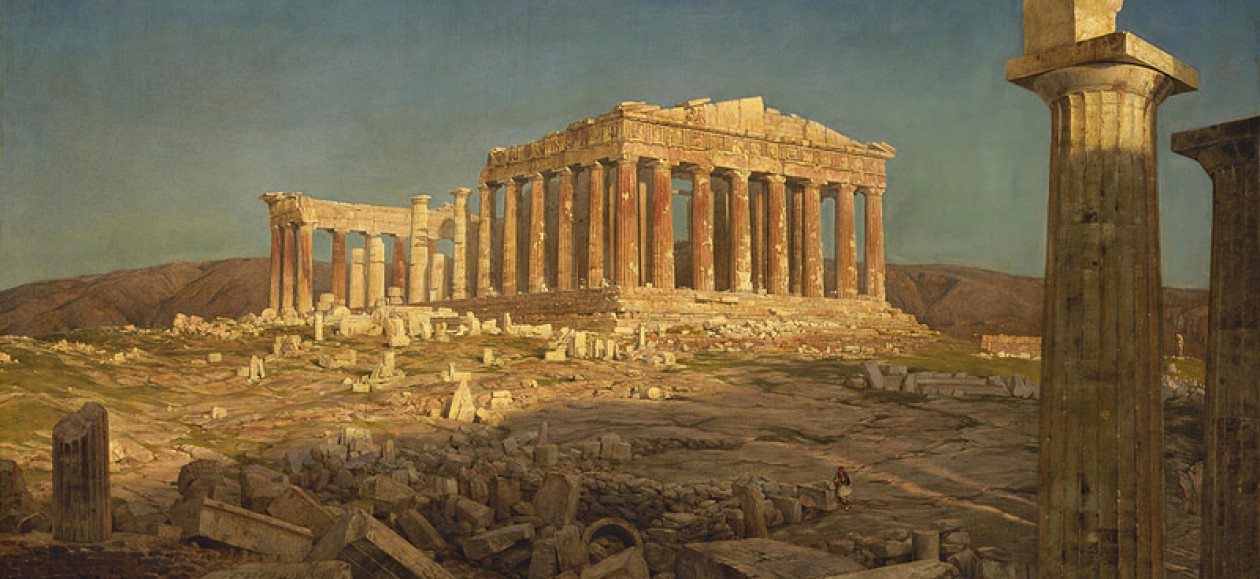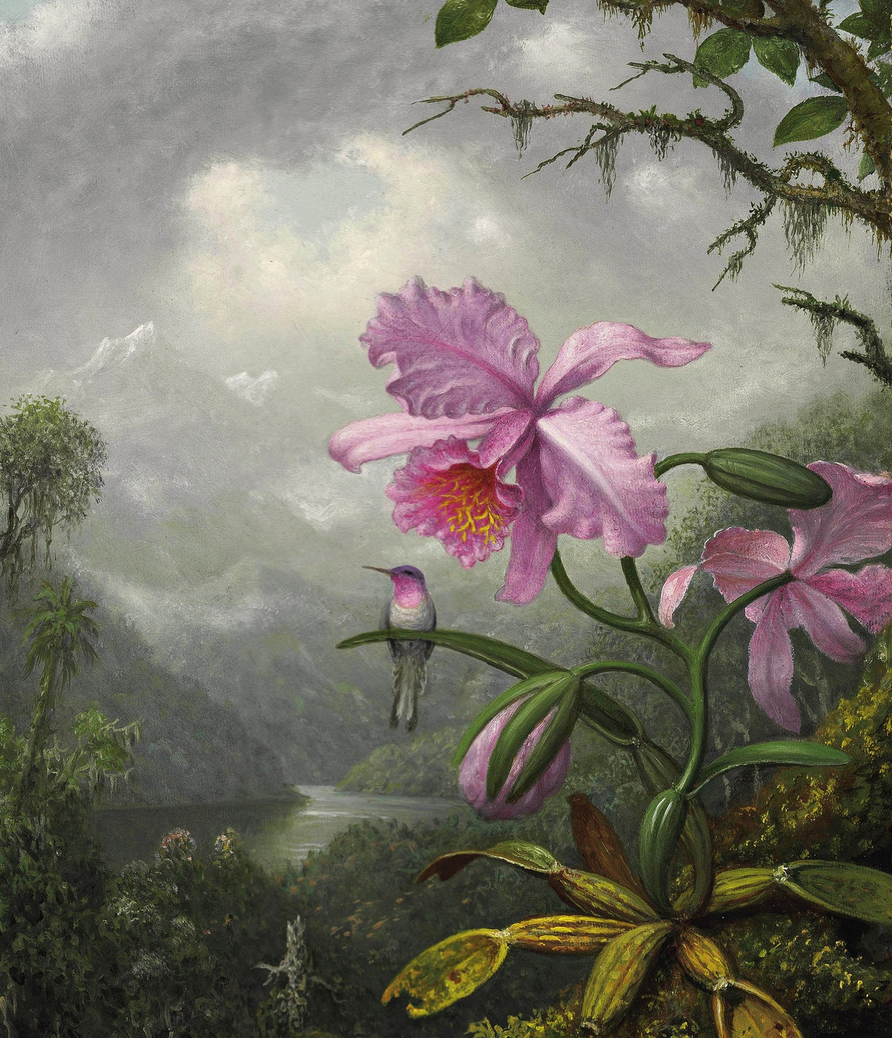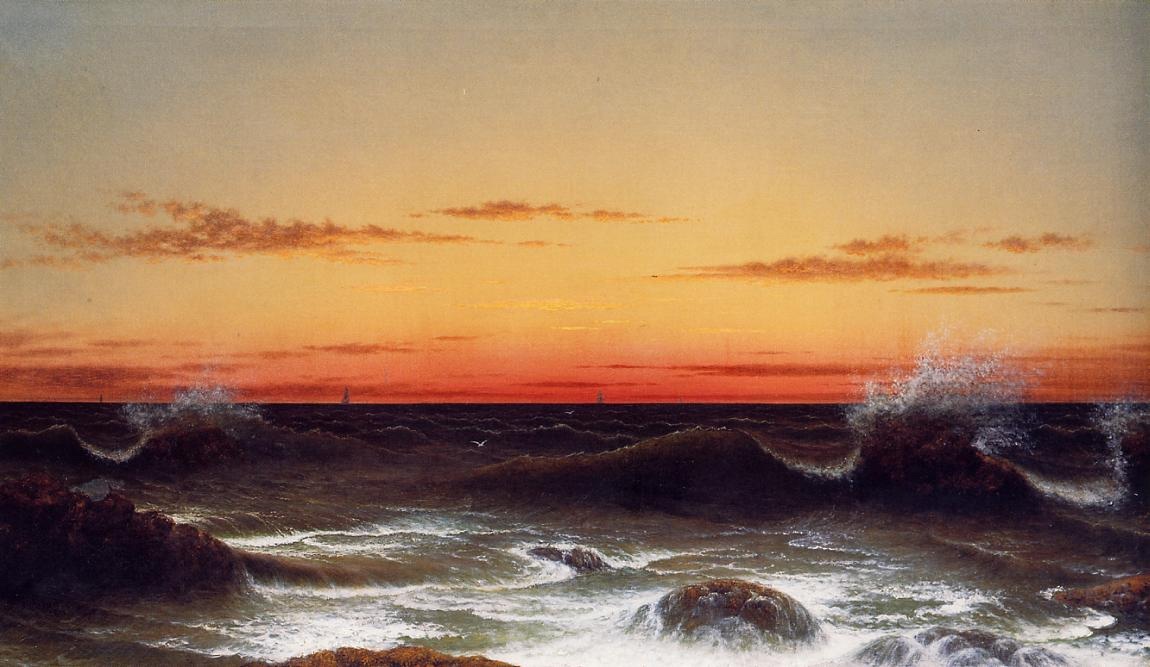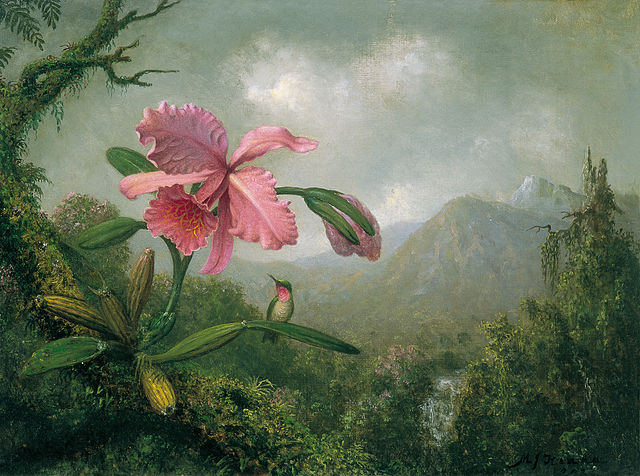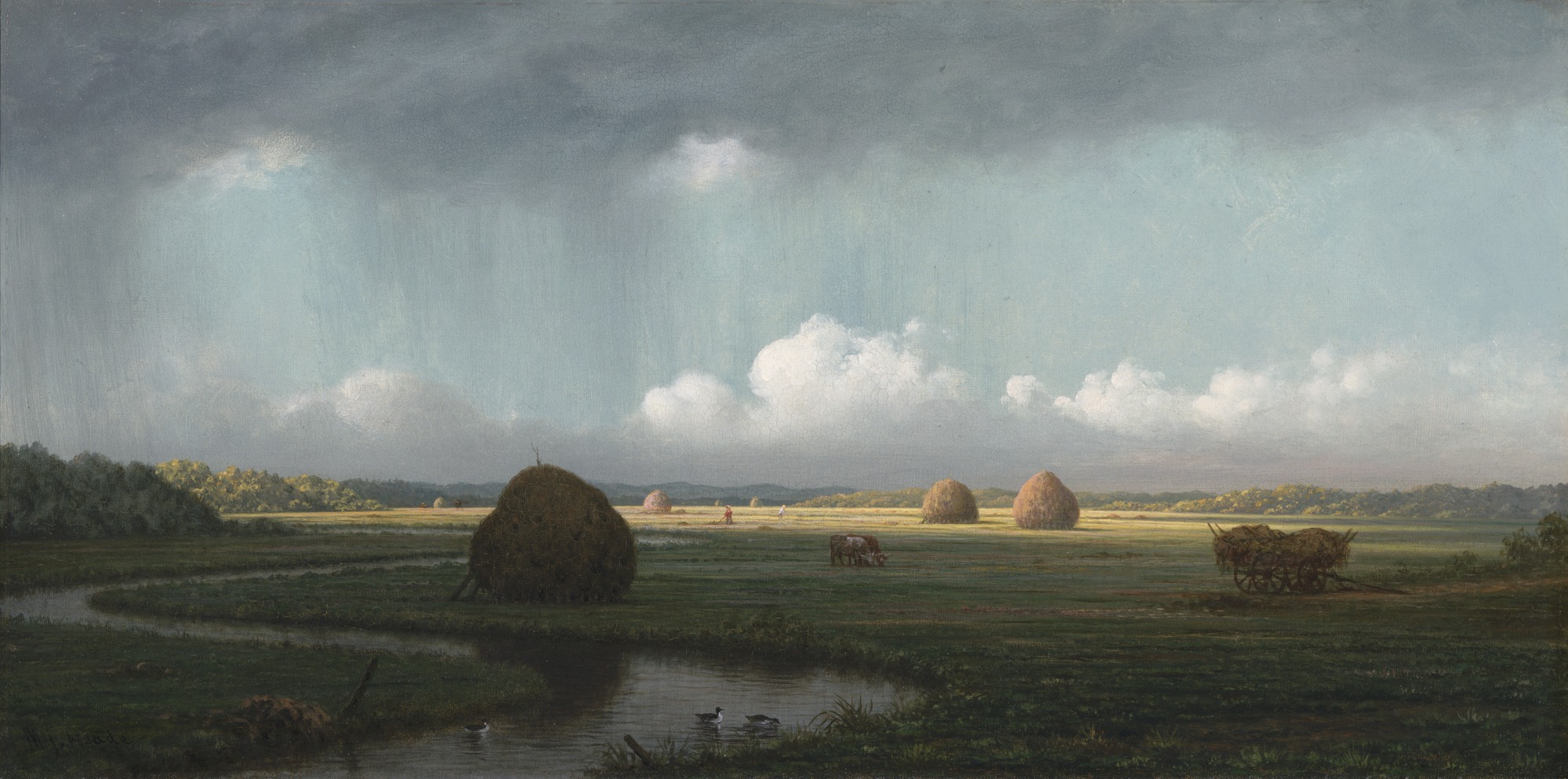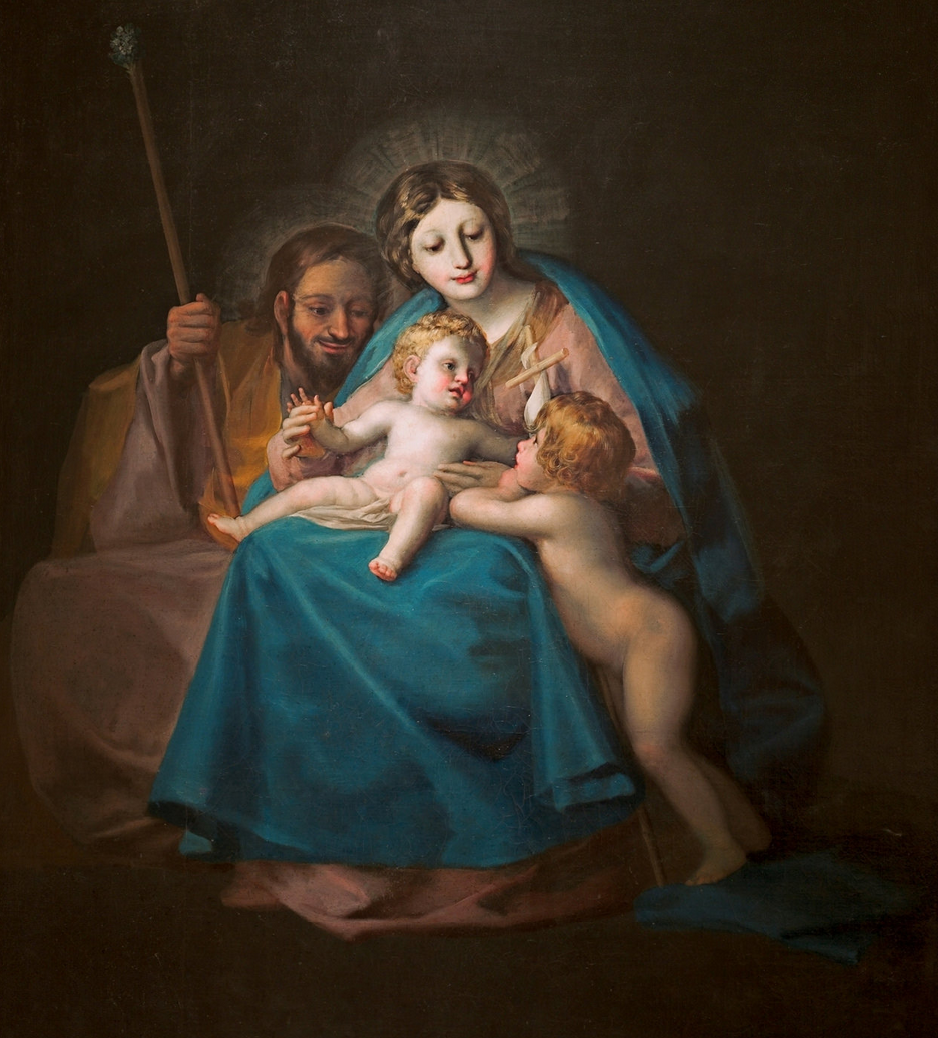Pintor norteamericano del siglo XIX
Archivos mensuales: septiembre 2017
compositores: Alonso Lobo
Importante compositor español de finales del renacimiento.
OBRA:
Liber primus missarum (Madrid, 1602):
Missa ‘Beata Dei genetrix’, 6vv;
Missa Maria Magdalenae, 6vv;
Missa ‘O Rex gloriae’, 4vv;
Missa ‘Petre, ego pro te rogavi’, 4vv;
Missa ‘Prudentes virgines’, 5vv;
Missa ‘Simile est regnum coelorum’, 4vv;
Ave Maria, 8vv;
Ave regina coelorum, 6vv;
Credo quod Redemptor, 4vv;
O quam suavis est, Domine, 6vv;
Quam pulchri sunt gressus tuae, 6vv;
Versa est in luctum, 6vv;
Vivo ego, dicit Dominus, 4vv; all ed. in Renaissance Performing Scores, ser. A: Spanish Church Music, x–xvi, xxxvii, lxxiii-lxxiv, xciv (London, 1978–87)
Credo romano, 3 Passions, Lamentations, psalms, hymns (see Stevenson, 1973)
3 motets, lost:
Corona aurea super caput eius, 5vv;
Isti sunt dies, 6vv;
Miserere, 12vv (cited in JoãoIL)
musica perfecta Rore Pasion s San Juan
De Rore «Johnnes-Passion» Huelgas Ensemble/ Paul Van Nevel
Una joya de la musica lamentablemente poco conocida.
Cipriano de Rore o Cypriano de Rore (1515 / 1516– 1565) fue un compositor y maestro de música flamenco del períodorenacentista, representante central de la generación de compositores franco-flamencos posteriores a Josquin Des Pres. Trabajó parte de su vida en Italia y fue uno de los creadores del estilo de música del Renacimiento tardío en ese país, y también uno de los más prominentes compositores de madrigales.
Cipriano De Rore by Huelgas Ensemble conducted by Paul Van Nevel 04 Nov. 2015 Maastricht
Huelgas Ensemble + Paul Van Nevel
Paul Van Nevel conductor and research of the music
04 November 2015 in Kapel Zusters onder de bogen, Maastricht, The Netherlands
Broadcasted live by Max Avondconcert NPO radio 4, 04 November 2015, The Netherlands
Program: «500 jaar Cipriano De Rore, de Erasmus van de muziek»
Cipriano De Rore (1515-1565)
WERKEN OP KLASSIEKE TEKSTEN
02:15 O fortuna potens à 5
07:55 O socii neque enim à 5
12:04 Dissimulare etiam sperasti à 5, 6 & 7
COMPOSITIES VOOR MECENATEN
19:29 Quis tuos presul à 6 (voor kardin aal Cristoforo Madruzzo)
22:19 Mia Benigna Fortuna à 4 (Claud io Monteverdi)
Missa ‘Doulce memoire’ à 5 (eerbetoon aan collega Pierre Sandrin)
26:45 Sanctus
31:32 Agnus Dei
CIPRIANO, DE POËET
37:25 Amour me faict à 5
44:35 Datemi Pace à 4
48:04 Mon petit coeur à 8
GELEGENHEIDSWERKEN
53:35 Donec gratus eram tibi à 8 (voor Albrecht II, medehertog van Beieren en regent van Holland, Henegouwen en Zeeland)
Missa ‘Praeter Rerum seriem’ à 7 (voor Ercole II d’Este, hertog van Ferrara)
58:50 Agnus Dei
1:08:30 Interview with Paul Van Nevel
Photos taken 30 October 2015 during the performance in Muziekgebouw aan ‘t IJ, Amsterdam
Performers of the Huelgas Ensemble:
Sabine Lutzenberger, Axelle Bernage, Poline Renou cantus
Susanne Otto altus
Bernd Oliver Fröhlich, Timothy Leigh Evans, Tom Phillips,
Matthew Vine tenor
Frederik Sjollema baritonans
Guillaume Olry bassus
Paul Van Nevel conductor
Support Paul Van Nevel and Huelgas Ensemble http://www.huelgasensemble.be/index.p…
Musica perfecta A.Willaert
Adrian Willaert «Vecchie letrose»
(Villanesca alla napolitana)
Performers: La capella Reial de Catalunya/Hespérion XXi
(Jordi Savall)
Images: Italian painters, 16th century
Adrian Willaert (c. 1490 – 7 de diciembre de 1562) fue un compositor flamenco de música del Renacimiento, y fundador de la Escuela Veneciana de música. Fue uno de las más representativos miembros de la generación de compositores nórdicos que viajaron a Italia y trasplantaron allí el estilo polifónico holandés de la música franco-flamenca. Fue maestro de capilla en la Catedral de San Marcos y engrandeció la musica italiana.
Vecchie letrose,
non valete niente
Se non a far l’aguaito per la chiazza.
Tira, tira, tir’alla mazza,
Vecchie letrose, scannaros’e pazze!
Spiteful old hags,
you are good for nothing.
Only for lying in wait in the thicket.
Beat, beat, beat with your canes,
Spiteful old hags, murderous and mad!
Adrian Willaert (b Bruges/Roulaers, c1490; d Venice, 17 Dec 1562). Flemish composer. After studying law in Paris and music under Mouton, he was a singer in the service of Cardinal Ippolito I d′Este in 1515. In 1517 he accompanied Ippolito from Ferrara to Hungary, and in 1520 he transferred to the service of Duke Alfonso. In 1527 he was appointed maestro di cappella of St Mark’s, Venice, where he remained for the rest of his life. He was one of the most influential teachers of his time, presiding over one of the major musical establishments of the period. Among his pupils were Rore, A. Gabrieli, Porta and Zarlino.
A prolific composer, he was one of the most versatile figures between the death of Josquin and the full maturity of Lassus and Palestrina. His output includes works in almost all genres of sacred music, French chansons, Italian madrigals and instrumental music.
His eight masses, mostly early works, are indebted to earlier composers, especially Josquin and Mouton. The six-voice Missa ‘Mente tota’, for example, is based on a motet by Josquin. In 1542 he published 23 polyphonic settings of hymns, followed, in 1550, by a more important and influential collection of polyphonic psalms for double chorus. His greatest and most enduring works are his numerous motets. About 173 of these survive and many were published during his lifetime. The four-voice ones embrace a wide range of liturgical categories, from antiphon and respond to settings of the Mass Proper, and the early ones exhibit a range of contrapuntal techniques. The five-voice ones are often addressed to patrons or celebrate contemporary events. Nearly all of the six-voice motets are late works which feature canonic structure, the abandonment of cantus firmi in favour of a pure contrapuntal-harmonic structure, excellent declamation and shifts in sonority.
His numerous chansons range in style from canonic four-voice works to works in a freer, more flexible manner, but he does not seem to have contributed to the outpouring of Parisian chansons during the 1520s and 1530s. He published his first madrigals in 1536 and belonged to the first generation of madrigalists, having a special relation to Verdelot. His madrigals cover the genre’s range of expression; those of the Musica nova (1559) virtually originate the sonnet cycle as a large-scale vocal composition, in which the madrigal adopts the serious modes of expression previously reserved for the motet.
Adriaan Willaert and Italy
https://youtu.be/9zV4mGXZIs4
ADRIAAN WILLAERT EN ITALIË
ADRIAAN WILLAERT AND ITALY
ADRIAAN WILLAERT ET L’ITALIE
ADRIAAN WILLAERT UND ITALIEN
G. de Macque
[1] Canzona alla Francese
A. Willaert
[2] Ave virgo
[3] Lauda Ierusalem
C. de Rore
[4] Signor mio caro
[5] Schiet’ arbuscel
A. Willaert
[6] Douleur me bat
[7] Vecchie letrose
G. de Wert
[8] Saule, Saule
[9] Egressus Iesus
G. de Macque
[10] Capriccio sopra re fa mi sol
G. de Wert
[11] Giunto alla tomba
[12] Tu canti
A. Willaert
[13] Quante volte diss’io
C. de Rore
[14] Mia benigna fortuna
[15] Vous sçavez bien
G. de Macque
[16] Canzona 2
C. de Rore
[17] Fratres, scitote
G. de Wert
[18] Amen, amen dico vobis
[19] Vox clamantis
C. de Rore
[20] Agimus tibi gratias
========================
CAPELLA SANCTI MICHAELIS
CURRENDE CONSORT – ERIK VAN NEVEL
========================
SOLI / SOLISTES / SOLOISTS / SOLISTEN
Currende Consort :
Katelijne van Laethem: sopraan / soprano / Sopran
Cristel de Meulder: sopraan / soprano / Sopran
Jan Caals: altus / alto / Alt
Jan van Elsacker: tenor / ténor / Tenor
Job Boswinkel: bas / basse / Bass
Ludwig van Gijsegem: tenor / ténor / Tenor
INSTRUMENTEN / INSTRUMENTISTES / INSTRUMENTALISTS / INSTRUMENTALISTEN
Sophie Wattillon: gamba / viole de gambe / viol / Gambe
Gail-Ann Schroeder: gamba / viole de gambe / viol / Gambe
Piet Stryckers: gamba / viole de gambe / viol / Gambe
Peter van Heyghen: blokfluit / flùte à bec / recorder / Blockflöte
Jean Tubéry: cornetto / cornet à bouquin / cornett / Zink
Simen van Mechelen: altbazuin / saqueboute alto / alto sackbut / Altposaune
Jean-Jacques Herbin: tenorbazuin / saqueboute ténor / tenor sackbut / Tenorposaune
Franck Poitrineau: basbazuin / saqueboute basse / bass sackbut / Baßposaune
Philippe Malfeyt: luit / luth / lute / Laute
Herman Stinders: klavecimbel / clavecin / harpsichord / Cembalo
Johan Laleman: orgel / orgue / organ / Orgel
Koor / Choeur / Choir / Chor
sopranen / sopranos / Soprane:
Hildegard van Overstraeten, Anne Marie Buyle, Mieke Wouters, Gertie Lindemans, Lieve Jansen
alten / altos / Alte:
Alma Ooms, Els Spanhove, Tim McTaggart, Martine Renson, Hans van den Broeck
tenoren / ténors / Tenors / Tenöre:
Werner Trio, Jan Melaerts, Joris Bosman, Carlo Vandenhende, Lieven Termont, Michel Pirson
bassen / basses / Bässe:
Andre Vierendeels, Luk Martens, Ludo Peeters, Michel Labro
Algemene leiding / Direction / Director / Gesamtleitung :
Erik van Nevel
Musica Perfecta Suites francesas
6 Suites francesas JS Bach:
Andras Schiff – Piano
BWV 812 813 814 815 816 817
The French Suites, BWV 812–817, are six suites which Johann Sebastian Bach wrote for the clavier (harpsichord or clavichord) between the years of 1722 and 1725. The suites were later given the name ‘French’ (first recorded usage by Friedrich Wilhelm Marpurg in 1762) as a means of contrast with the English Suites (whose title is likewise a later appellation). The name was popularised by Bach’s biographer Johann Nikolaus Forkel, who wrote in his 1802 biography of Bach, «One usually calls them French Suites because they are written in the French manner.» This claim, however, is inaccurate: like Bach’s other suites, they follow a largely Italian convention.
There is no surviving definitive manuscript of these suites, and ornamentation varies both in type and in degree across manuscripts.
